Why Choose Solar Lights for Stairs? Benefits and Installation Guide
Outdoor staircases, whether leading to a porch, deck, or garden, can pose safety risks when poorly lit. Solar lights for stairs offer an eco-friendly, cost-effective solution to illuminate these areas, enhancing both safety and aesthetics. Unlike traditional electric lighting, solar stair lights harness the power of the sun, eliminating the need for wiring or high electricity bills. This article explores the compelling advantages of using solar-powered stair lighting and provides a step-by-step installation guide to help homeowners make informed decisions.
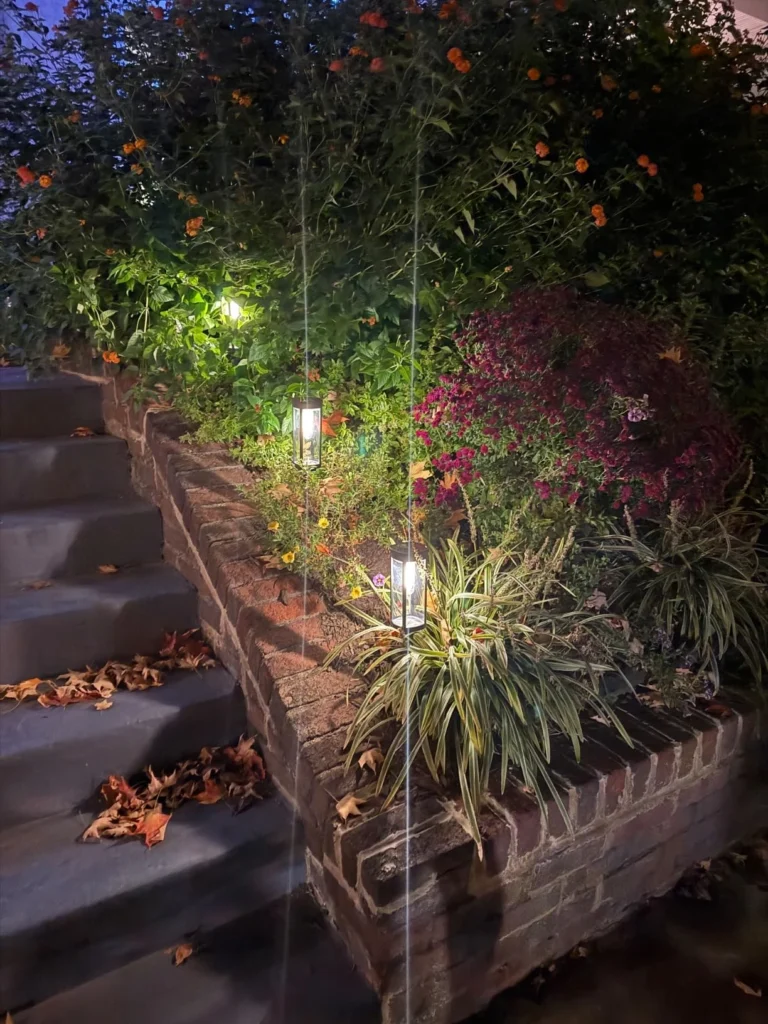
Benefits of Solar Lights for Stairs
1. Energy Efficiency and Cost Savings
One of the primary reasons to choose solar lights for outdoor stairs is their energy efficiency. These lights rely on solar panels to capture sunlight and convert it into electricity, stored in rechargeable batteries. This means zero reliance on grid power, reducing electricity costs significantly. According to energy studies, solar-powered outdoor lighting can save homeowners up to 100% on lighting-related energy expenses compared to traditional systems. Over time, the initial investment in solar step lights pays off through consistent savings.
Additionally, solar stair lighting requires minimal maintenance. Most models are built with durable, weather-resistant materials, reducing the need for frequent replacements. For example, high-quality LED solar lights for stairs often last 20,000–50,000 hours, ensuring years of reliable use.
2. Enhanced Safety for Outdoor Spaces
Staircases, especially outdoors, can become hazardous in low-light conditions. Solar lights for steps provide consistent illumination, reducing the risk of trips and falls. Many models feature motion-sensor solar lights, which activate only when movement is detected, conserving energy while ensuring light is available when needed. This is particularly useful for outdoor stair lighting in areas with infrequent foot traffic, such as garden paths or secondary entrances.
For instance, solar deck stair lights can be strategically placed to highlight each step, guiding users safely. Unlike wired lights, which may fail during power outages, solar-powered stair lights remain operational, offering dependable illumination during emergencies.
3. Eco-Friendly and Sustainable
With growing concerns about environmental impact, solar-powered outdoor stair lights stand out as a sustainable choice. They produce no greenhouse gas emissions during operation, making them an environmentally responsible option. By choosing solar step lighting, homeowners contribute to reducing their carbon footprint, aligning with global efforts to combat climate change. According to Google trends, interest in sustainable outdoor lighting has risen by 30% in the past five years, reflecting a shift toward greener solutions.
4. Versatile Design and Aesthetic Appeal
Solar lights for stairs come in various styles, from sleek modern designs to rustic or decorative options, allowing homeowners to enhance their outdoor aesthetics. For example, solar deck step lights can blend seamlessly with wooden or composite decking, while solar pathway lights complement garden staircases. Many models offer adjustable brightness or color temperature, catering to different preferences.
Unlike bulky wired systems, solar stair lights are compact and easy to integrate into existing landscapes. Their wireless design eliminates unsightly cables, creating a clean, polished look. Homeowners can choose low-profile solar lights for a minimalist effect or decorative solar stair lights to add a touch of elegance.
5. Easy Installation Without Wiring
One of the standout benefits of solar lights for outdoor steps is their simple installation process. Since they don’t require electrical wiring, they are ideal for DIY enthusiasts. This eliminates the need for costly electrician services, which can range from $50 to $100 per hour, according to home improvement data. The wireless nature of solar-powered stair lighting also allows for flexible placement, making it easy to light up remote or hard-to-reach staircases.
Step-by-Step Installation Guide for Solar Lights on Stairs
Installing solar lights for stairs is straightforward, but proper planning ensures optimal performance. Below is a detailed guide to help you set up solar step lights effectively, addressing common user concerns about placement, maintenance, and functionality.
Step 1: Assess Your Staircase and Lighting Needs
Before purchasing solar lights for outdoor stairs, evaluate your staircase’s size, material, and exposure to sunlight. Measure the number of steps and their dimensions to determine how many lights you need. For example, solar deck stair lights typically require one light per step for uniform illumination. Check the area’s sunlight exposure, as solar-powered stair lights need at least 4–6 hours of direct sunlight daily to charge fully.
Consider whether you want motion-sensor solar lights for energy efficiency or constant-on models for continuous lighting. For instance, solar step lighting with motion sensors is ideal for low-traffic areas, while bright solar stair lights suit high-traffic zones like front porch steps.
Step 2: Choose the Right Solar Lights
Select solar lights for steps that match your staircase’s style and functional needs. Look for models with:
- High-quality LED bulbs for bright, long-lasting illumination.
- IP65 or higher weather resistance to withstand rain, snow, or heat.
- Adjustable mounting options, such as adhesive pads, screws, or clips, for easy attachment to wood, concrete, or metal stairs.
- Rechargeable batteries with at least 800mAh capacity for reliable nighttime performance.
Popular brands like Bitpott offer durable solar-powered outdoor stair lights, but ensure the model fits your specific requirements. Check customer reviews on platforms like Google to confirm reliability and brightness.
Step 3: Plan the Placement
Position solar stair lights to maximize both safety and aesthetics. For solar deck step lights, place one light on each step’s riser or edge to ensure clear visibility. For solar pathway lights along garden stairs, consider placing lights on alternating sides to create a balanced effect. Ensure the solar panels face direct sunlight, avoiding shaded areas like under overhangs or trees.
If using motion-sensor solar lights, test the sensor range (typically 10–26 feet) to confirm it detects movement across the staircase. Avoid placing lights where they might be triggered unnecessarily, such as near moving branches.
Step 4: Install the Lights
Most solar lights for outdoor steps come with mounting hardware or adhesive backing. Follow these steps:
- Clean the surface: Wipe down the staircase to remove dirt or debris, ensuring a secure bond for adhesive or screws.
- Mark positions: Use a pencil to mark where each light will go, ensuring even spacing.
- Attach the lights: For adhesive models, peel off the backing and press firmly. For screw-mounted solar step lights, use a drill to secure the brackets. Ensure the solar panel is angled toward sunlight.
- Test the lights: Allow the lights to charge for a full day before testing them at night. Adjust positions if the illumination is uneven.
Step 5: Maintenance and Troubleshooting
To keep solar-powered stair lighting in top condition:
- Clean solar panels regularly: Dust or debris can reduce charging efficiency. Wipe panels with a damp cloth every few months.
- Check battery performance: Replace rechargeable batteries every 1–2 years if the lights dim prematurely.
- Inspect for damage: Ensure solar lights for stairs are intact after heavy weather, as extreme conditions can affect weather-resistant solar lights.
If the lights fail to illuminate, verify they’re receiving enough sunlight or check for loose connections. Most issues with solar stair lighting stem from insufficient charging or improper placement.
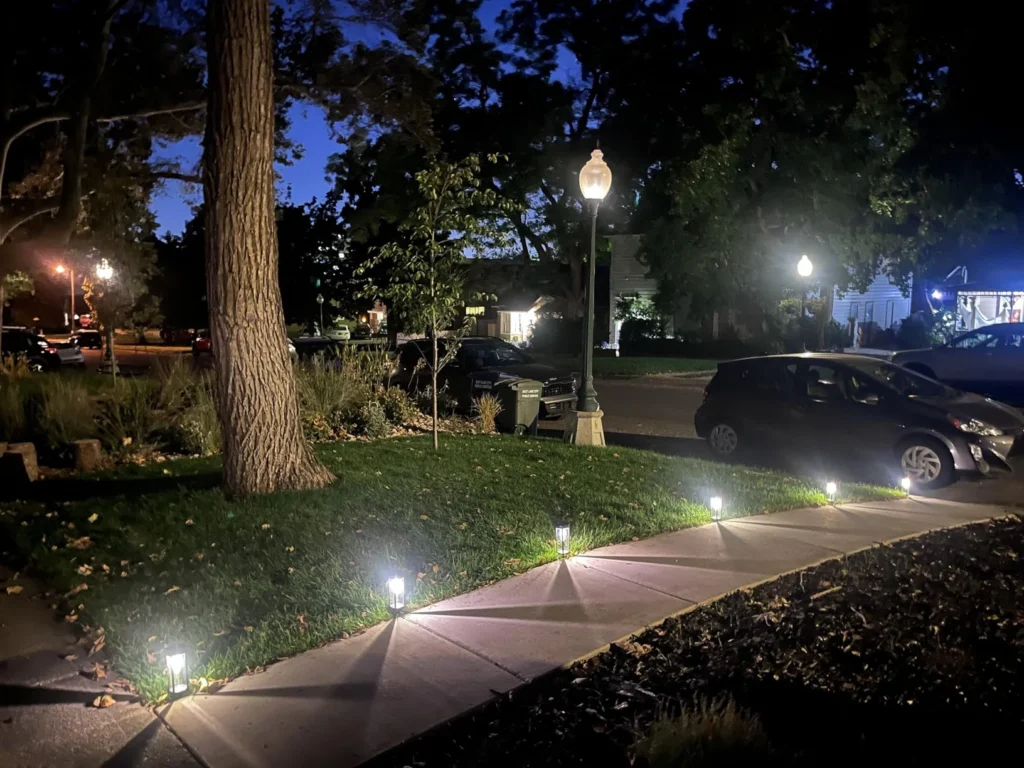
Addressing Common User Concerns
Are Solar Lights Bright Enough for Stairs?
Many users worry that solar lights for outdoor stairs may not provide sufficient brightness. However, modern LED solar lights for stairs deliver 10–100 lumens per light, adequate for most staircases. For brighter options, choose bright solar stair lights with higher lumen outputs (50–100 lumens) for larger or darker areas.
Do Solar Lights Work in Winter or Cloudy Weather?
Solar-powered stair lights are designed to function in various conditions, though performance may decrease in prolonged cloudy weather. Models with high-capacity batteries and efficient solar panels for stair lights can store enough energy to operate for 8–12 hours even after overcast days. For winter use, opt for cold-resistant solar lights rated for low temperatures.
How Long Do Solar Lights Last?
High-quality solar step lights typically last 5–10 years, with LED bulbs enduring up to 50,000 hours. Batteries may need replacement every 1–2 years, depending on usage and climate. Choosing reputable brands ensures longevity and reliability.
Why Solar Lights Are a Smart Choice
Solar lights for stairs combine practicality, sustainability, and style, making them an excellent choice for homeowners. Their energy efficiency reduces costs, while their easy installation and low maintenance appeal to busy individuals. By enhancing safety and adding aesthetic value, solar-powered outdoor stair lights address both functional and decorative needs.
For those considering solar stair lighting, the investment offers long-term benefits, from lower energy bills to a reduced environmental impact. bustle
Whether you’re lighting a deck, porch, or garden staircase, solar lights for outdoor steps provide a reliable, eco-friendly solution. Follow the installation guide above to ensure optimal performance, and enjoy the blend of safety, savings, and style that solar step lights bring to your home.

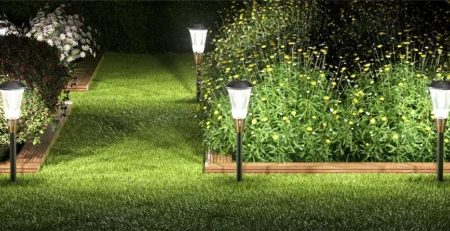
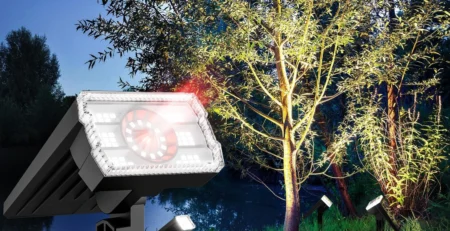
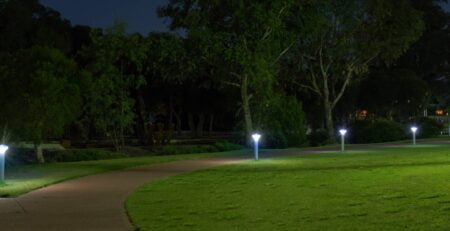
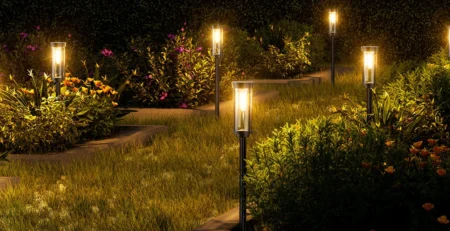
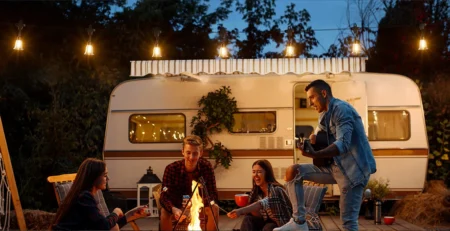

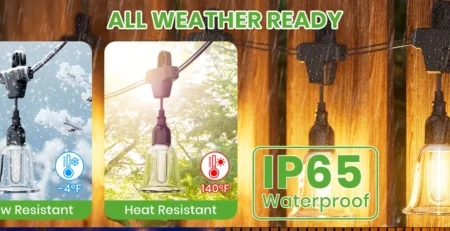
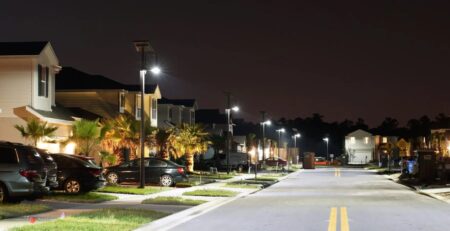

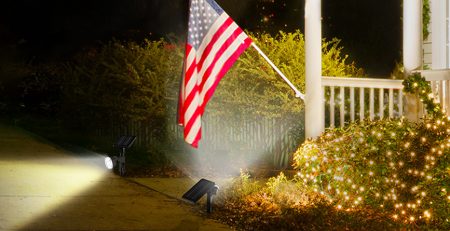
Leave a Reply